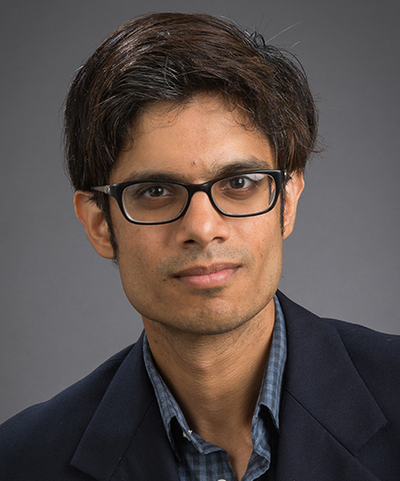Foreign-Born Doctors Help Serve Rural and Low-Income Communities
Flexible visa requirements for international doctors helps the U.S. deal with medical shortages and do not reduce the employment of U.S.-trained M.D.s, according to new research
Published Date
Story by:
Media contact:
Share This:
Article Content
Although about 20% of the United States population live in rural areas, only 11% of physicians practice in these locations. New research from the University of California San Diego’s School of Global Policy and Strategy shows that relaxed visa requirements enable more foreign-trained doctors to practice in remote and low-income areas, without reducing employment of U.S.-trained doctors.
“Areas that have difficulty attracting and retaining physicians can lead to negative health outcomes for residents,” said Gaurav Khanna, assistant professor of economics at UC San Diego’s School of Global Policy and Strategy and coauthor of the National Bureau of Economics Research working paper. “The U.S. is expected to have a shortfall of about 124,000 physicians by 2034. Our research suggests that with the limited supply of physicians completing medical school at U.S. universities, foreign-born and educated physicians can provide a potential source of supply in underserved areas.”
International medical residents are typically required to return to their home country for at least two years after completing their residency. However, the Conrad 30 Waiver Program—first introduced in 1994—allows some international M.D.s to waive this requirement to stay in the U.S. and begin their practice.
Most participants in the program work in Health Professional Shortage Areas (or HPSAs), areas that are lacking an adequate number of primary care physicians, dentists or mental health care providers.
In 2002, the program was expanded increasing the per-state cap on the number of Conrad 30 Waivers from 20 to 30. Khanna and co-authors of the study evaluated data from the program from 1997 to 2020 to analyze the impact of the 2002 expansion of the visa program on all states.

They also compared how it affected the 18 states with more restrictions to program — such as whether waiver recipients needed to be primary care physicians or work in facilities required to accept uninsured or Medicaid patients — to the 33 states without the same restrictions.
They found it helped all states address shortages in physicians, leading each state to add 100 new foreign-born doctors over the next decade (from 2002 to 2012)—equivalent to an increase of more than 5,000 additional doctors across the country over that same time period, with most concentrated in rural and under-served areas.
However, states with fewer restrictions, such as Connecticut and Wisconsin, were able to leverage the expansion of the Conrad 30 Waiver program the best.
“By relaxing visa requirements, the gap in the supply of international medical school graduates between both better-served and underserved counties decreased by about 41% in the 33 states with fewer restrictions on the program, without any detectable effects on U.S.-trained doctors,” Khanna said.
States that were constrained by the cap prior to Conrad 30 Waiver Program were also more likely to have low-income and rural areas faced with physician shortages, but by 2012, they experienced a 9% increase in foreign-born doctors.
The authors conclude that “the Conrad 30 Waiver Program may be an effective tool in bridging the shortfall in rural areas, with aging populations. Foreign-born physicians may be particularly crucial at times of health care crises and pandemics when hospitals may be short on staff.”
The “Migration Policy and the Supply of Foreign Physicians from Evidence from the Conrad 30 Waiver Program” paper was also coauthored by Sarah Turner, professor at the University of Virginia; and Breno Braga, principal research associate at the Urban Institute.
Share This:
You May Also Like
UC San Diego is Strengthening U.S. Semiconductor Innovation and Workforce Development
Technology & EngineeringStay in the Know
Keep up with all the latest from UC San Diego. Subscribe to the newsletter today.




